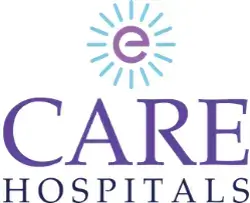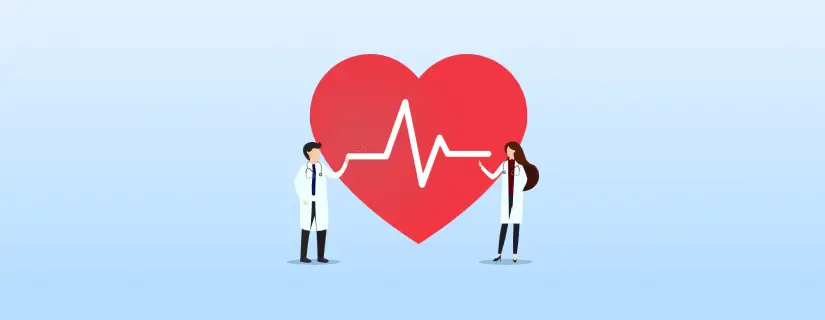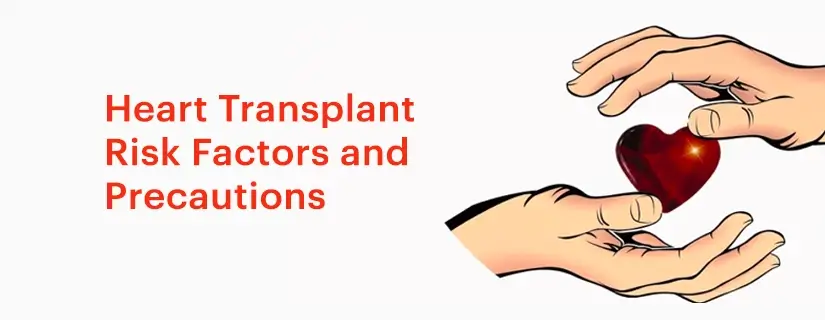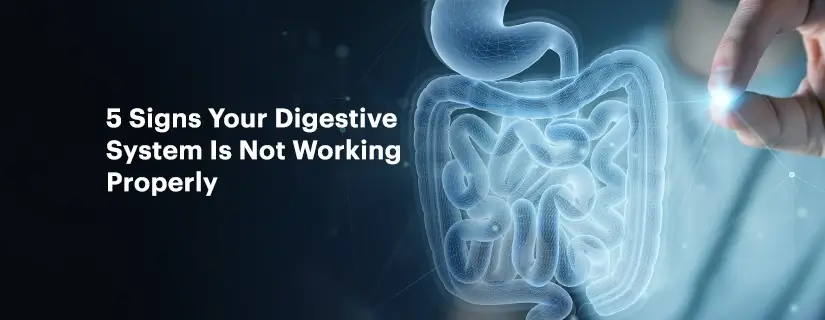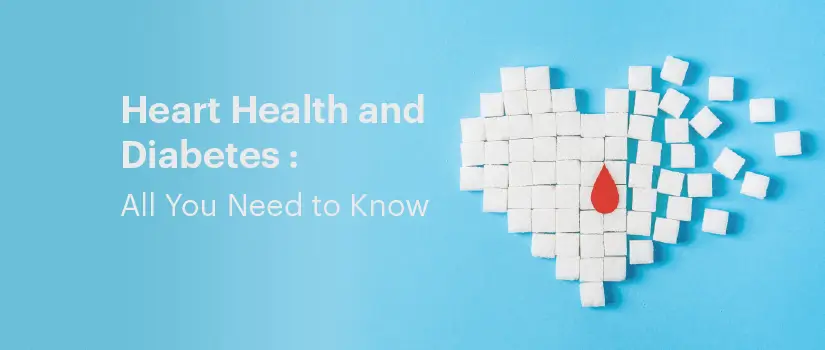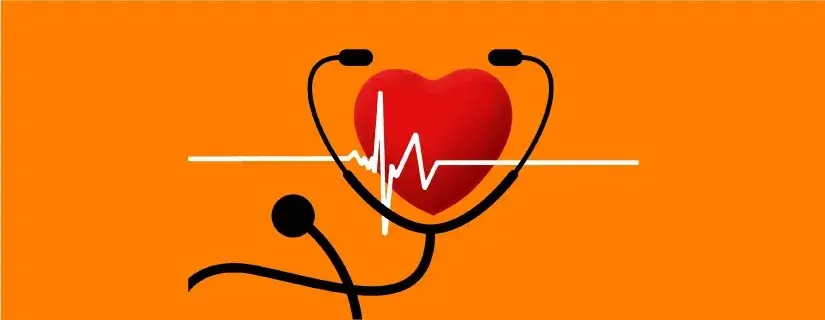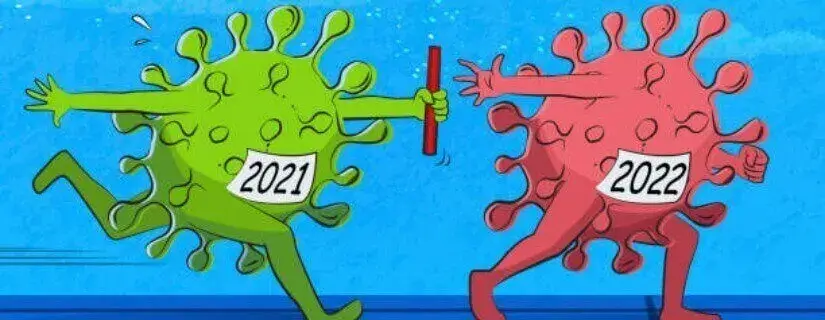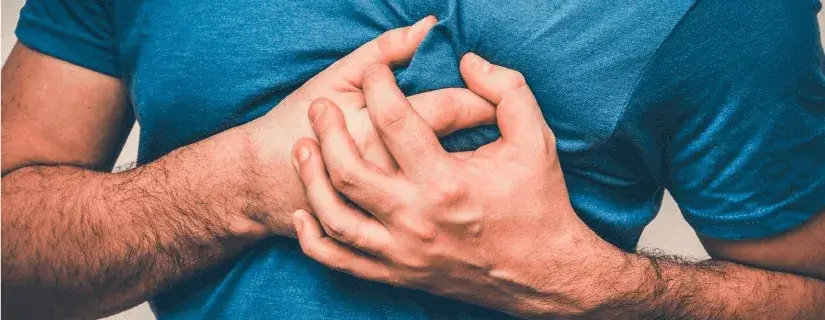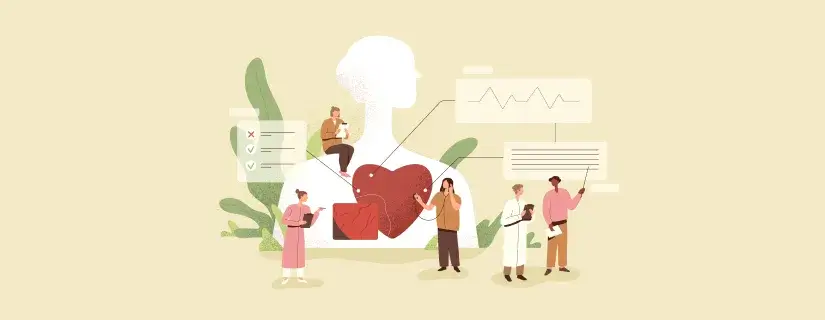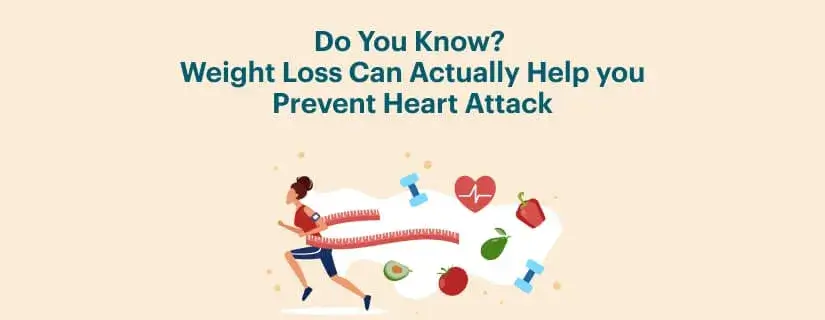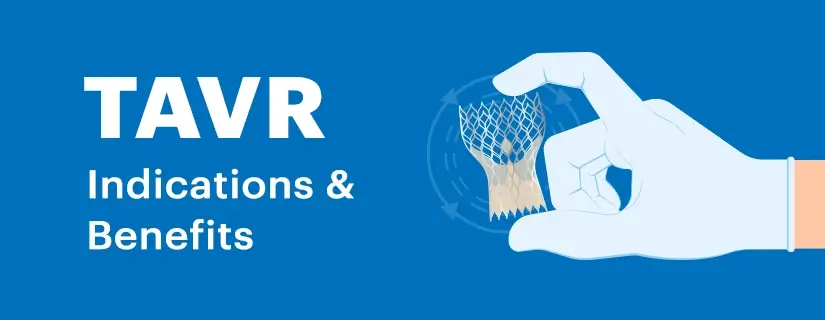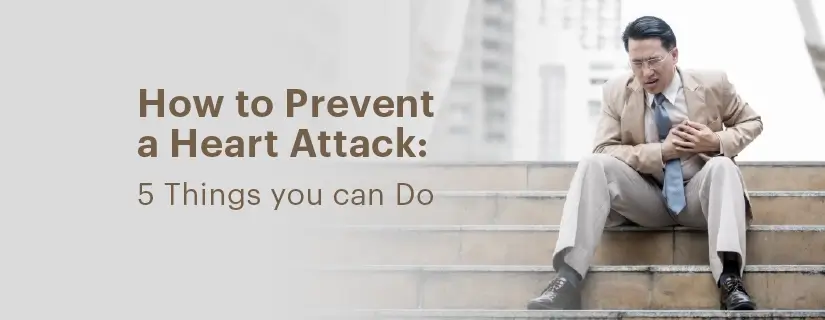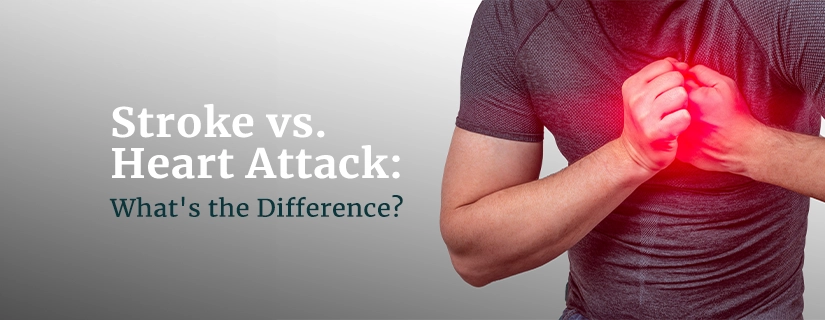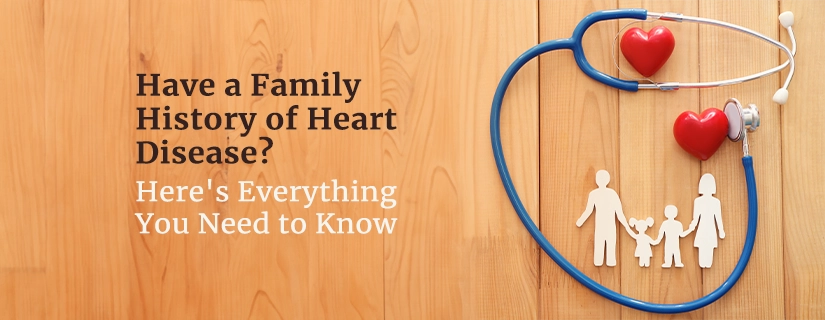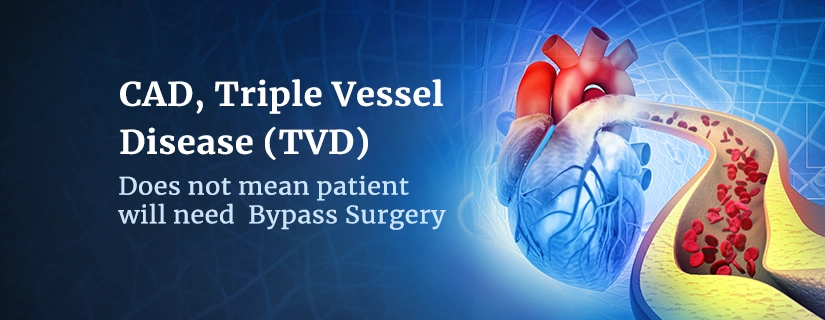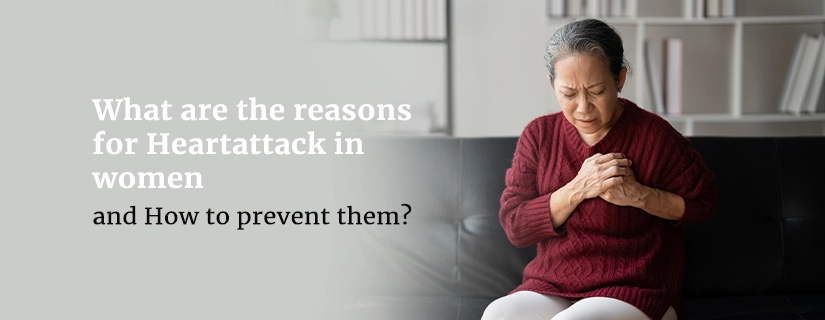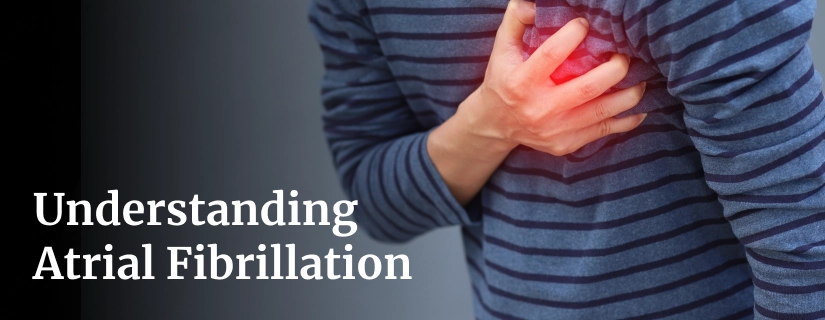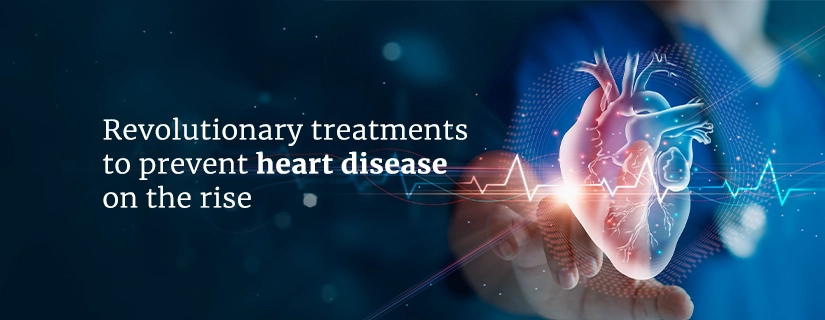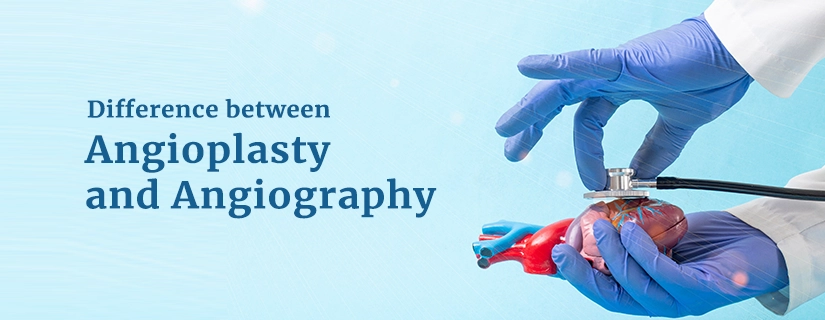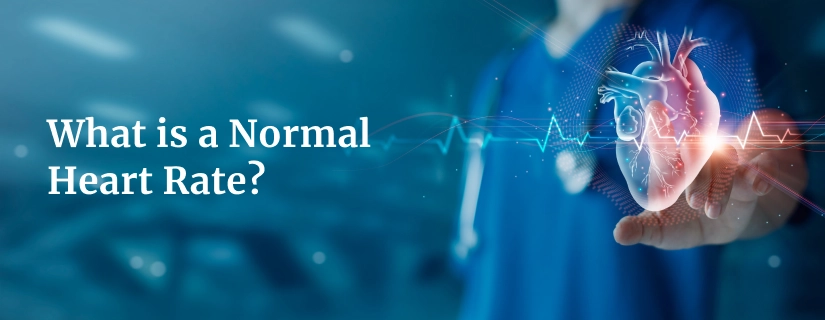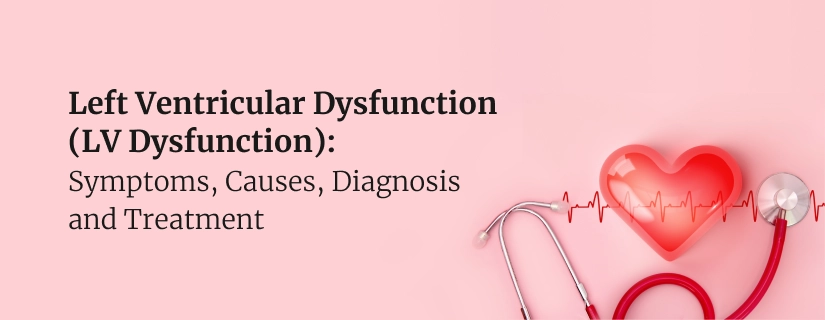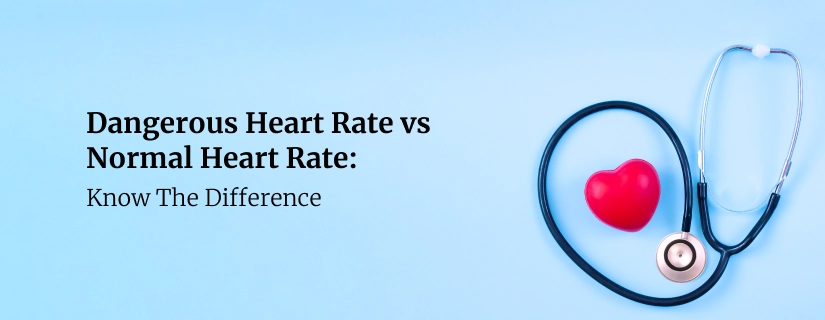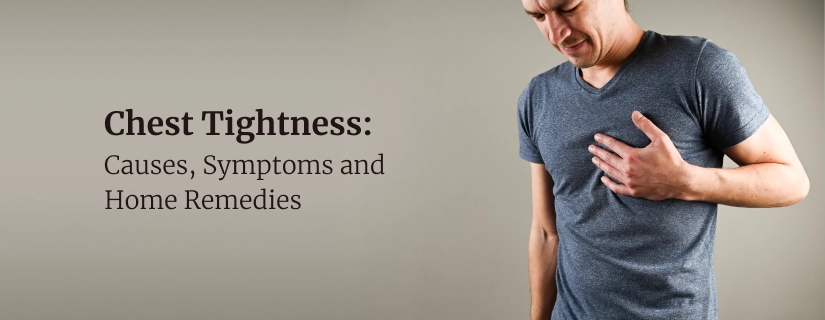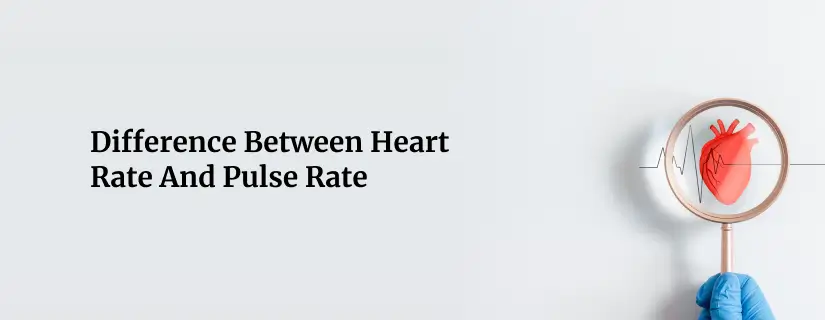-
Doctors
-
Specialities & Treatments
Centre of Excellence
Specialties
Treatments and Procedures
Hospitals & Directions HyderabadCARE Hospitals, Banjara Hills CARE Outpatient Centre, Banjara Hills CARE Hospitals, HITEC City CARE Hospitals, Nampally Gurunanak CARE Hospitals, Musheerabad CARE Hospitals Outpatient Centre, HITEC City CARE Hospitals, Malakpet
HyderabadCARE Hospitals, Banjara Hills CARE Outpatient Centre, Banjara Hills CARE Hospitals, HITEC City CARE Hospitals, Nampally Gurunanak CARE Hospitals, Musheerabad CARE Hospitals Outpatient Centre, HITEC City CARE Hospitals, Malakpet Raipur
Raipur
 Bhubaneswar
Bhubaneswar Visakhapatnam
Visakhapatnam
 Nagpur
Nagpur
 Indore
Indore
 Chh. Sambhajinagar
Chh. SambhajinagarClinics & Medical Centers
Book an AppointmentContact Us
Online Lab Reports
Book an Appointment
Consult Super-Specialist Doctors at CARE Hospitals
Ways to Handle Heart Emergencies
Updated on 24 December 2019
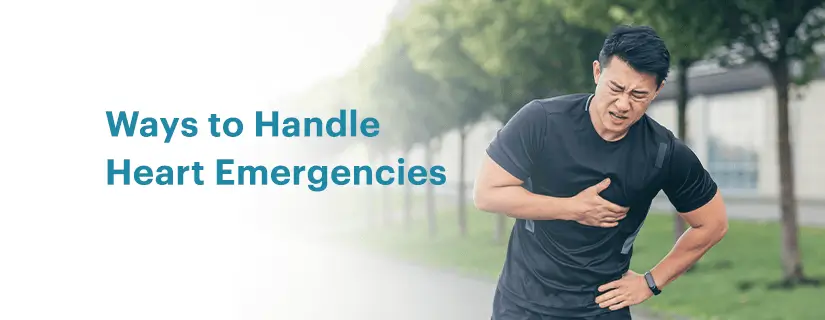
A heart attack can be a life-threatening emergency that requires immediate attention. Knowing heart attack symptoms and acting quickly can help lessen heart damage and save lives.
Recognizing the Symptoms
Contrary to the general perception, not all heart attacks are synonymous with sudden, crushing chest pain. Some might have no symptoms at all, especially those suffering from diabetes. A heart attack can occur while you are at rest or active and its severity depends on gender, age, and medical conditions. Hence, you need to be prepared on how to handle cardiac arrest. A person having a heart attack might experience one or all of the following:
- Discomfort or pain that spreads from the chest to the jaw, neck, back, shoulders, teeth or arms. (or upper abdomen in rare cases)
- Shortness of breath
- Dizziness, lightheadedness or fainting
- Nausea
- Sweating
- Pressure or squeezing pain in the centre of the chest
- Anxiety or indigestion
- Unexplained fatigue
Many people who experience heart attack can experience warning signs days, weeks or hours in advance. There are three types of heart emergencies:
- Cardiac arrest
- Heart attack
- Angina attack
No matter the type, the first thing you must do is to call the medical emergency and have a paramedic team come to the rescue.
What to do in case of a heart attack?
A heart attack occurs due to a blocked blood vessel that restricts the flow of oxygen to the heart. It can be detected if the victim experiences chest pain, starting from the centre of the chest and spreading to the other parts of the body. If someone you know is suffering from a heart attack, you must relax the victim and make him chew adult aspirin. Also, help him remain calm until the help arrives.
What to do in case of cardiac arrest?
A person experiencing cardiac arrest usually feels tightness in the chest, runs out of breath, collapses and loses consciousness. A person having a heart attack can end up having a cardiac arrest when the heart stops. It is important to call the emergency service and attend to the victim as early as possible. The key to action is to get the heart start functioning again. This can be done through cardiopulmonary resuscitation (CPR). Someone who is CPR certified is ideal but if you are the only help available, start performing chest compressions to bring the heart back into action. You will need to place the heel of your palms over the victim’s breast bone, cover one hand under another and interlock your fingers. Next, press the victim’s chest, making about 100 compressions per minute until the heart begins pumping again (or the medics arrive). Alternatively, if you have a defibrillator, read the instructions and use it to shock the heart.
What to do in case of angina or chest pain?
Angina feels like tightness or heaviness in the chest which might spread to your neck, jaw, arms, back or stomach. Some people experience shortness of breath as well. Angina attacks can last up to 10 minutes. Angina or chest pain can be managed by:
- Stopping all activity, sitting down and taking a dose of GTN (glyceryl trinitrate) spray or tablets.
- Take a second dose of GTN if the pain or breathlessness remains and wait for another five minutes.
- Dial up the emergency number if there’s no relief.
- Chew one aspirin tablet, if you are not allergic to it or rest until the ambulance arrives if you are unsure.
Remember, heart emergencies can be fatal. It’s important to consult the best heart specialists in India and act on time to avoid cardiac emergencies.

ENQUIRY FORM
SELECT CATEGORIES
-
Neurosciences (16)
-
Neurology (37)
-
Neurosurgery (14)
-
Orthopaedics (48)
-
Oncology (33)
-
Obstetrics and gynecology (52)
-
Pulmonology (23)
-
Urology (20)
-
Nephrology (13)
-
Psychiatry (7)
-
Dietetics and Nutrition (111)
-
General Medicine (63)
-
Cardiac Sciences (32)
-
Vascular & Endovascular Surgery and Interventional Radiology (15)
-
Gastroenterology (46)
-
Endocrinology (23)
-
Plastic Surgery (10)
-
Critical Care Medicine (5)
-
COVID-19 (16)
-
Dermatology (16)
-
Emergency Care (1)
-
Ophthalmology (4)
-
Pediatrics (14)
-
Laparoscopic and Bariatric Surgery (8)
-
ENT (15)
-
Kidney Transplant (1)
-
Liver Transplantation and Hepatobiliary Surgery (5)
-
General Surgery (3)
-
Internal Medicine (5)
-
Medicine Information
Difference between Cardiac Arrest and Heart Attack
4 Medical Tests To Diagnose Heart Diseases
YOU MAY ALSO LIKE
RECENT BLOGS
-
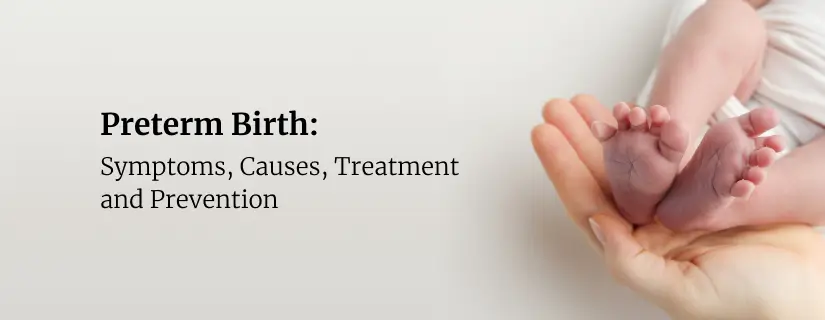
Preterm Birth (Premature Birth): Symptoms, Causes, Treatment and Prevention
13 May 2025
Read More
-
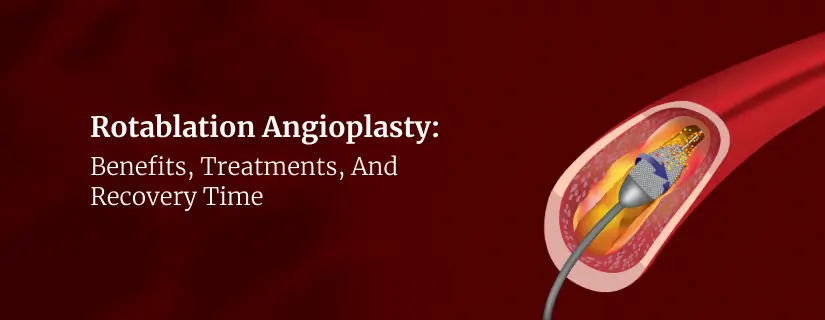
Rotablation Angioplasty: Benefits, Treatments, And Recovery Time
9 May 2025
Read More
-
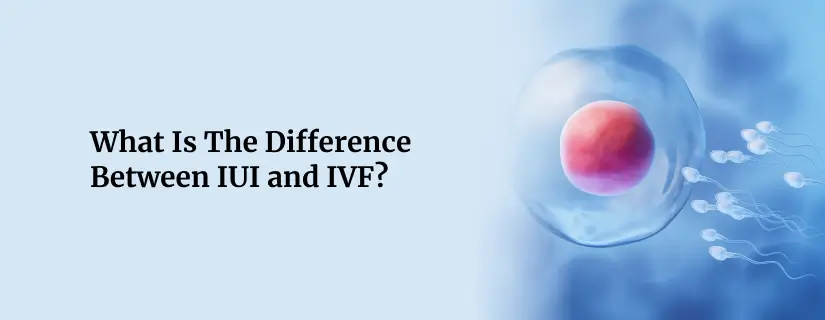
What Is The Difference Between IUI and IVF?
9 May 2025
Read More
-
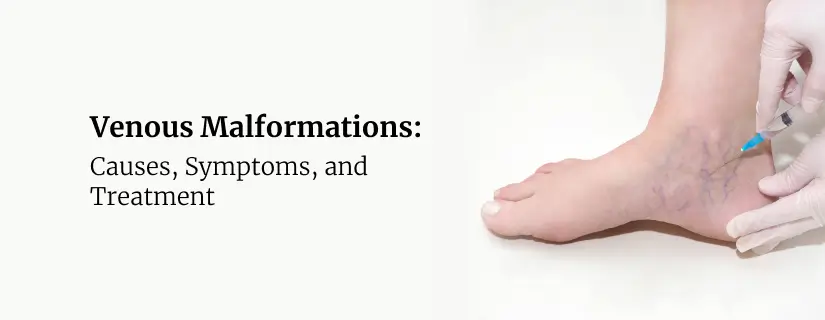
Venous Malformations: Causes, Symptoms, and Treatment
30 April 2025
Read More
-
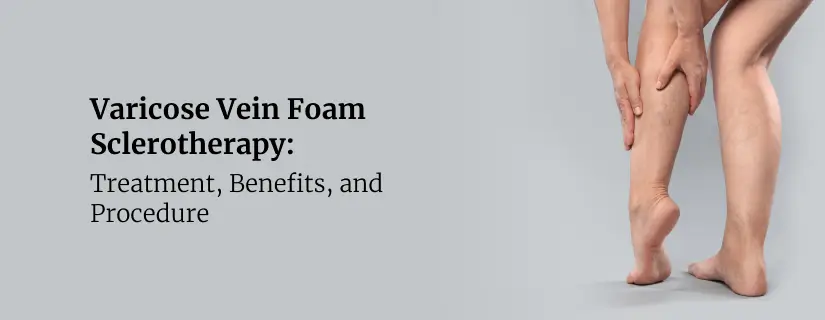
Varicose Vein Foam Sclerotherapy: Treatment, Benefits, and Procedure
30 April 2025
Read More
-
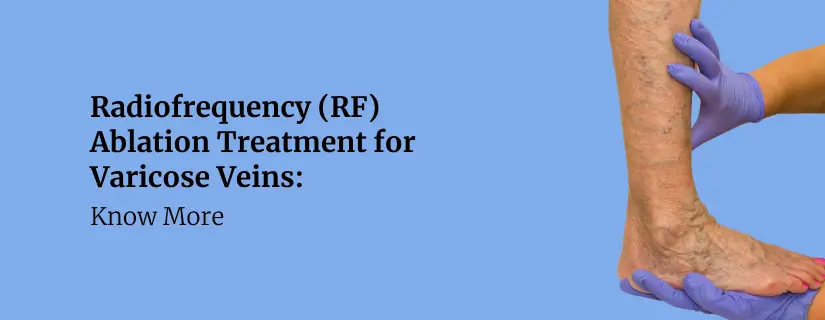
Radiofrequency (RF) Ablation Treatment for Varicose Veins: Know More
30 April 2025
Read More
-
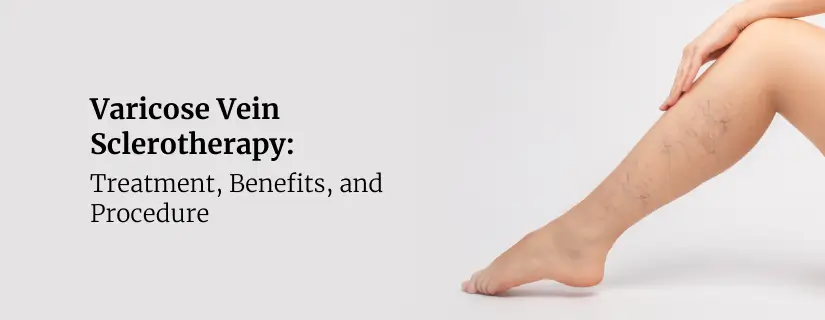
Varicose Vein Sclerotherapy: Treatment, Benefits, and Procedure
30 April 2025
Read More
-
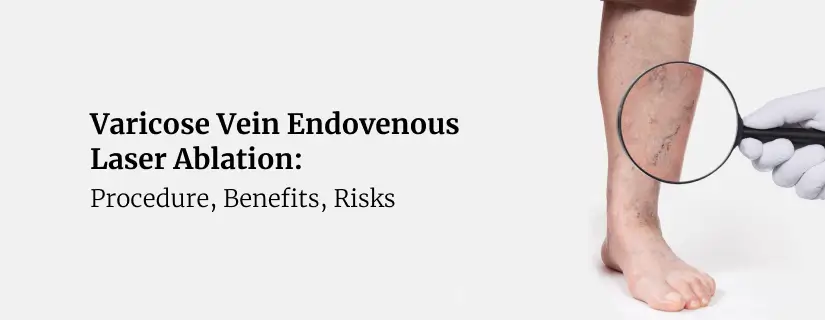
Varicose Vein Endovenous Laser Ablation: Procedure, Benefits, Risks
30 April 2025
Read More
Have a Question?
If you cannot find answers to your queries, please fill out the enquiry form or call the number below. We will contact you shortly.
